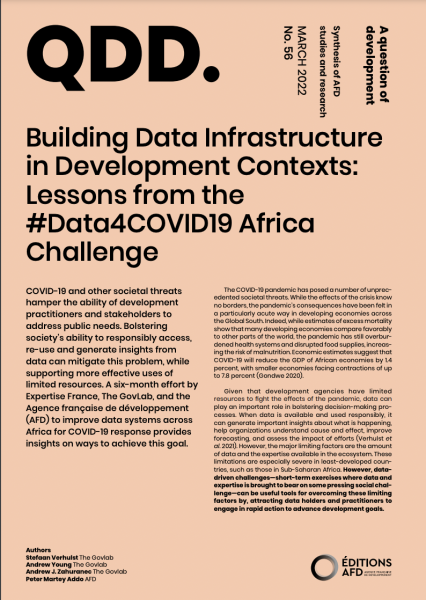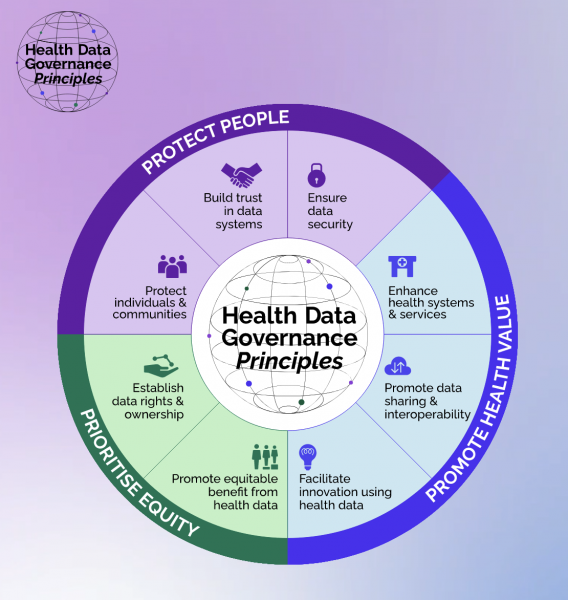Article by Sarah Wray: “As data use and collaboration become more advanced, there is a need for a new profession within the public and private sectors, says Stefaan Verhulst, Co-Founder and Chief Research and Development Officer at New York University’s The GovLab. He calls this role the ‘data steward’ and is also seeking to expand existing definitions of the term.
While many cities, government organisations, and private sector companies have chief data officers and chief privacy officers, Verhulst says this new function is broader and necessary as more organisations begin to explore data collaborations which bring together data from various sources to solve problems for the public good.
Many cities, for instance, want to get more value and innovation from the open data they share, and are also increasingly partnering to benefit from private sector data on mobility, spending, and more.
Several examples highlight the challenges, though. There have been disputes about data-sharing and privacy, such as between Uber and the Los Angeles Department of Transportation, while other initiatives have failed to gain traction. Copenhagen’s City Data Exchange facilitated the exchange of public and private data but was disbanded after it struggled to get enough data providers and users on the platform and to become financially sustainable.
Verhulst says that beyond ensuring the security and integrity of data, new skills required by data stewards include the ability to secure partnerships, adequately vet data partners and set up data-sharing agreements, as well as the capacity to steward data-sharing initiatives internally and obtain legal and executive buy-in. Data stewards should also develop financial models for data-sharing to ensure partnerships are sustainable over time.
“That’s quite often ignored,” says Verhulst. “It’s assumed that these things will pay for themselves. Well surprise, surprise, there are costs.”
In addition, there’s an important role for retaining an active focus on insights from data and problems to be solved. Many early open data efforts have taken a ‘build it and they will come’ approach, and usage at scale hasn’t always materialised.
A dynamic regulatory environment is also driving demand for new skills, says Verhulst, noting that the proposed EU Data Act indicates a mandate “to knock on the doors of the private sector [for data] in emergency contexts”.
“The question is: how do you go about that?” Verhulst comments. “Many organisations are going to have to figure this out.”
The GovLab is now running the third cohort of its training for data stewards, and the first focused in the Eastern Hemisphere.
The Developing a Data Reuse Strategy for Public Problems course is part of The GovLab’s Open Data Policy Lab, which is supported by Microsoft..(More)”.


